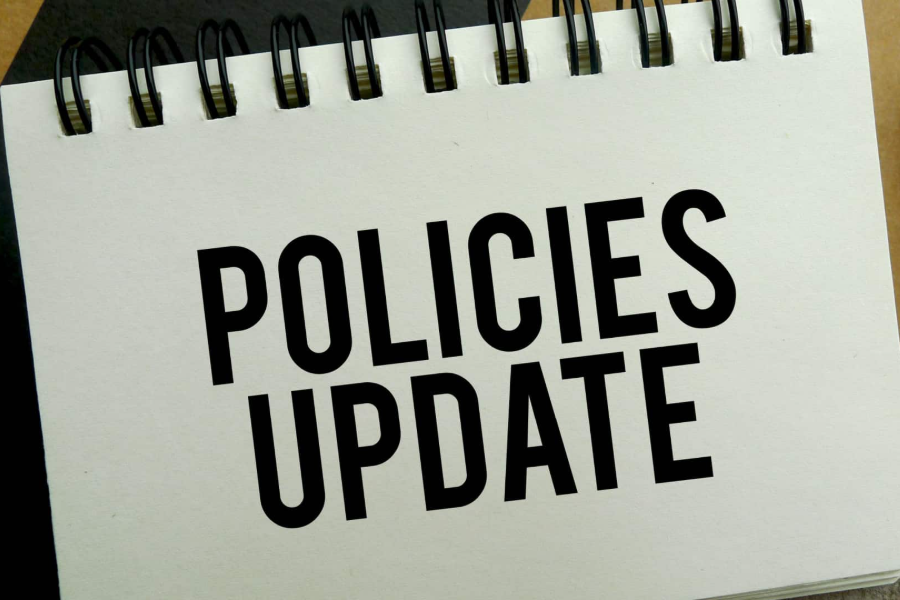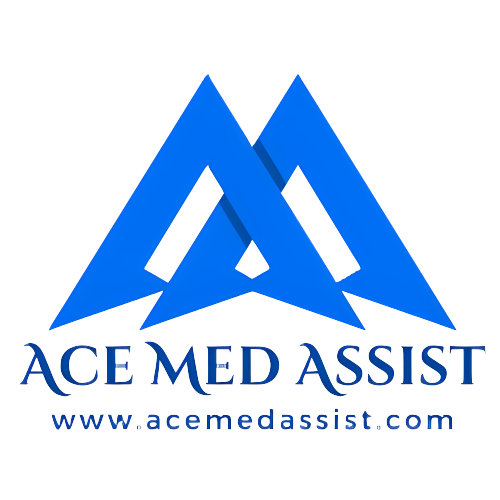In the ever-evolving healthcare industry, proper documentation of medical necessity is crucial for ensuring successful reimbursement. Medical necessity documentation plays a fundamental role in preventing claim denials, which can otherwise lead to financial losses for healthcare providers. By understanding the importance of accurate documentation and implementing best practices, providers can streamline their billing process and enhance revenue cycle management.
Understanding Medical Necessity Documentation

Medical necessity documentation refers to the process of justifying the need for a specific medical service, procedure, or treatment. Payers, including Medicare, Medicaid, and private insurance companies, require sufficient documentation to determine whether a service is essential for a patient’s diagnosis or condition. Inadequate documentation often leads to claim denials, resulting in delayed or lost revenue.
A service is deemed medically necessary if it meets the following criteria:
- It is required for diagnosing or treating a medical condition.
- It aligns with generally accepted medical standards.
- It is not primarily for the convenience of the patient or provider.
- It is the most appropriate and cost-effective treatment available.
The Impact of Poor Documentation on Claim Denials

Claim denials due to insufficient medical necessity documentation are a major concern for healthcare providers. Insurance companies and government payers scrutinize claims to prevent unnecessary expenses, and any discrepancy in documentation can lead to rejection.
Some common reasons for claim denials include:
Lack of Detailed Clinical Notes: Insufficient details about patient history, symptoms, and treatment plans can make it difficult for payers to assess the necessity of a service.
Missing or Incorrect Codes: Errors in diagnosis and procedure codes can lead to mismatched claims, resulting in denial.
Failure to Link Diagnosis with Treatment: If the documentation does not clearly establish a connection between the patient’s condition and the treatment provided, the claim may be rejected.
Non-Compliance with Payer Policies: Different insurers have specific documentation requirements, and failing to meet these guidelines can lead to claim rejections.
Lack of Supporting Evidence: Clinical test results, imaging reports, and lab work should support the necessity of the treatment to validate claims.
Best Practices for Effective Medical Necessity Documentation

To reduce claim denials and ensure compliance with payer requirements, healthcare providers must adopt best practices for medical necessity documentation. Here are some key strategies:
Ensure Thorough and Accurate Patient Records
A comprehensive patient record should include:
- Chief complaint and symptoms
- History of present illness
- Relevant past medical history
- Objective findings (e.g., lab results, imaging reports)
- Detailed treatment plans and progress notes
- Justification for the recommended medical intervention
- Physician’s rationale for treatment decisions
Use Correct ICD-10 and CPT Codes
Medical billing companies in USA emphasize the importance of using accurate coding for diagnoses and procedures. Proper coding ensures that claims align with the services provided, reducing the likelihood of denials. Providers should also document secondary conditions and complications to justify additional services.
Link Diagnosis to Treatment
The documentation should clearly establish why a particular procedure or treatment is necessary for the patient’s condition. The connection between the diagnosis and treatment must be evident to payers. Detailed clinical notes should include alternative treatments attempted before the proposed intervention.
Stay Updated with Payer Policies

Different insurance providers have varying guidelines for medical necessity documentation. Regularly reviewing payer policies helps ensure compliance and minimizes claim denials. Providers should be aware of changes in coverage criteria, required documentation formats, and coding updates.
Leverage Technology for Documentation
Electronic Health Records (EHR) systems can enhance documentation accuracy and efficiency. Many EHR systems provide prompts and templates to guide physicians in capturing essential details. Artificial intelligence-based systems can also assist in ensuring compliance with documentation standards.
Train Healthcare Staff on Documentation Requirements
Continuous education and training programs help medical professionals stay informed about changing billing and coding regulations. Proper training minimizes errors and improves claim acceptance rates. Frequent workshops and webinars on compliance, documentation best practices, and evolving insurer policies can be beneficial.
Perform Regular Internal Audits
Healthcare providers should conduct periodic audits to assess the accuracy and completeness of their medical necessity documentation. Internal reviews can identify patterns of errors and help implement corrective actions before submitting claims to insurers.
Use Medical Necessity Templates
Predefined templates tailored to mental therapists billing services in USA can streamline the documentation process and ensure all necessary elements are included. These templates help providers meet payer requirements efficiently.
The Role of Medical Billing Services in Preventing Claim Denials

Medical billing services in USA play a crucial role in assisting healthcare providers with medical necessity documentation and claim submission. By outsourcing billing services, providers can benefit from expert assistance in coding, compliance, and claims processing.
Benefits of Using Professional Medical Billing Companies
Improved Accuracy: Medical billing companies in USA employ certified coders and billing specialists who ensure that documentation meets payer requirements.
Faster Reimbursements: Properly documented claims lead to quicker approvals and payments. Reduced Administrative Burden: Outsourcing billing services allows healthcare providers to focus on patient care rather than administrative tasks.
Compliance Assurance: Billing professionals stay updated with regulatory changes, ensuring that providers remain compliant with evolving healthcare policies.
Appeal Assistance: If a claim is denied, experienced billing services can provide strong appeal documentation to overturn the denial and secure rightful reimbursements.
Special Considerations for Podiatry Billing Services

Podiatry billing presents unique challenges due to specialized treatments and procedures. Many podiatric services require strong medical necessity documentation to justify coverage. For example:
- Routine foot care, such as nail trimming and callus removal, is often denied unless medically necessary.
- Diabetic foot care must be supported by detailed documentation showing the patient’s condition and risk factors.
- Surgical procedures require clear justification, including preoperative evaluations and conservative treatment history.
- Orthotic and prosthetic devices must have detailed physician notes explaining their necessity.
Given these complexities, providers often turn to podiatry billing services in USA to ensure proper documentation and claims submission. Specialized billing services help podiatrists avoid denials and maximize reimbursements.
Conclusion
Medical necessity documentation is the backbone of a successful revenue cycle in healthcare. Insufficient documentation can lead to claim denials, delayed reimbursements, and financial losses. By adopting best practices, leveraging technology, and utilizing expert medical billing services in USA, healthcare providers can improve their documentation processes and reduce denials.
Furthermore, specialized services like podiatry billing services in USA ensure that providers in niche medical fields receive proper reimbursements for their services. With proper documentation and expert assistance, healthcare providers can enhance efficiency, remain compliant, and focus on delivering quality patient care. Strengthening documentation efforts not only prevents claim denials but also contributes to improved patient outcomes and streamlined healthcare operations.









